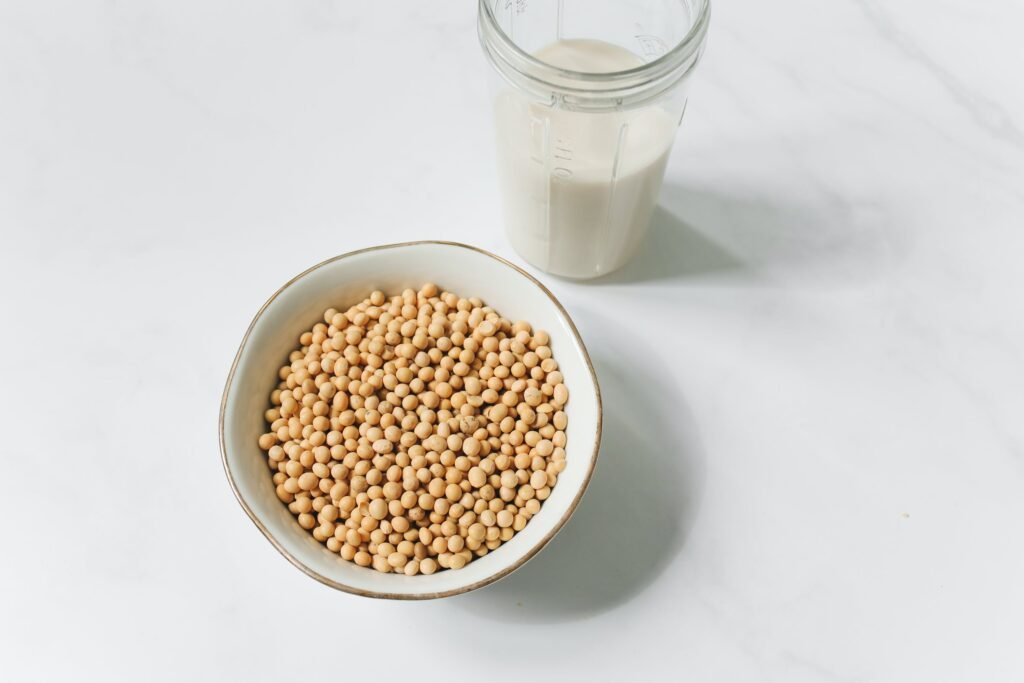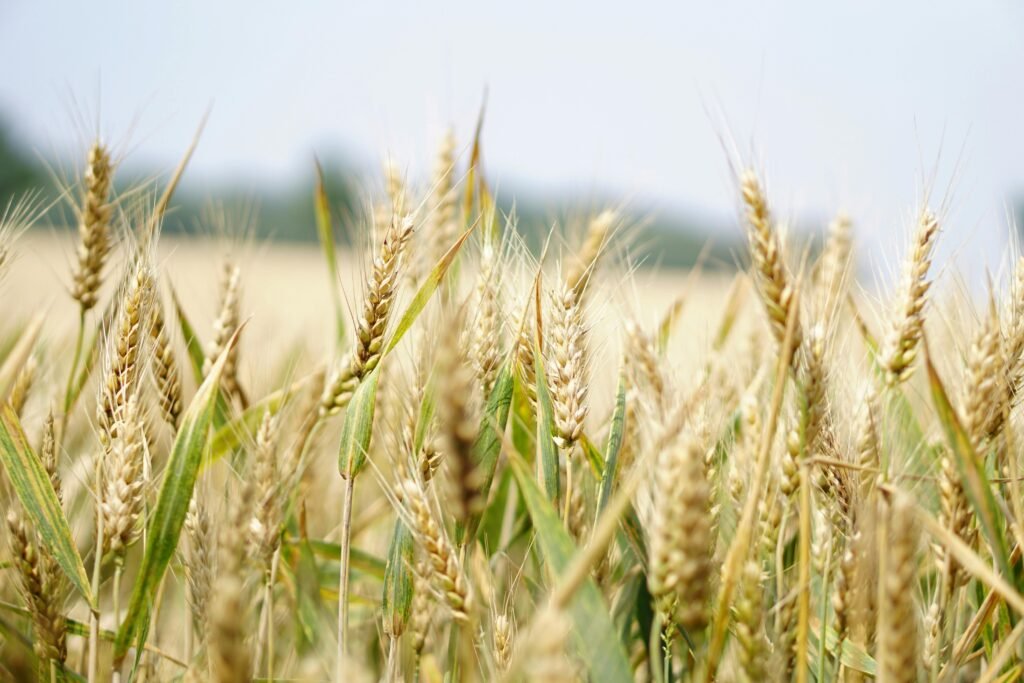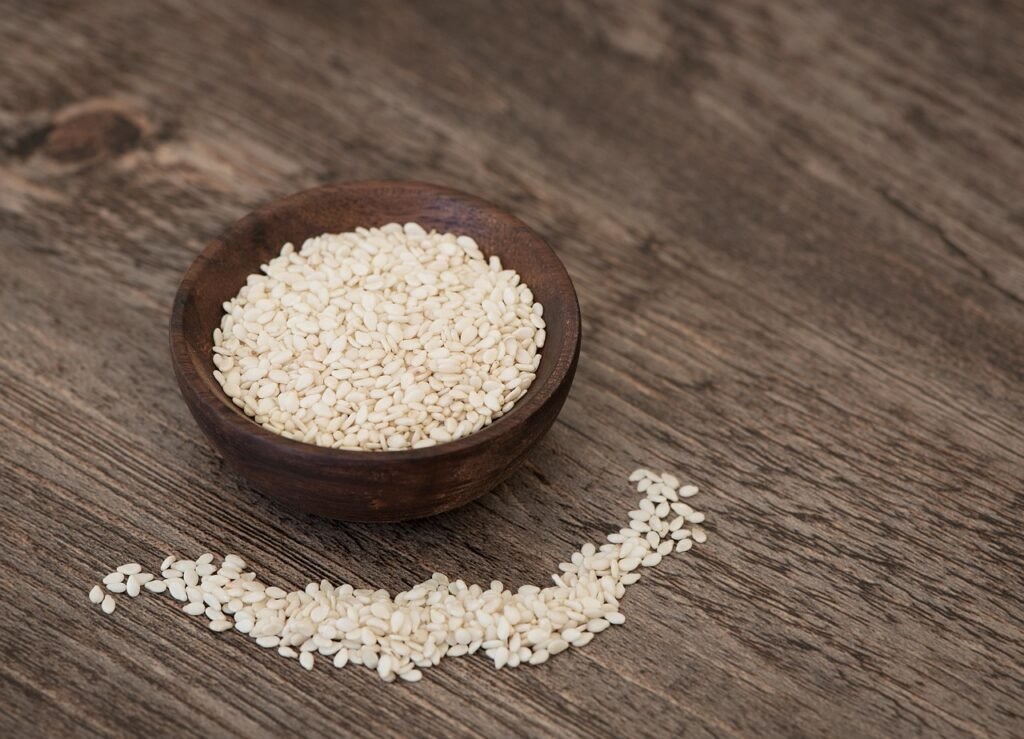Common Food Allergens And Factors Causing Them
More than 150 foods have been reported to cause allergic reactions and this number is expected to grow. The reasons why there are so many food allergens are complex and not completely understood. However, as a hotelier or someone working in the food and beverage industry, you should be aware and trained for the most common food allergens that’s why today will list and discuss the most major and common food allergens.
Common food allergens are identified based on the frequency and risk of allergic reactions that people experience in reaction to certain foods. Let’s have a better understanding first why we do have food allergies, what are the factors causing them?
- Various Proteins in Foods: Foods are cooked and made with a wide variety of proteins, and the immune system can potentially identify any of these proteins as foreign or harmful.
- Genetic: Genetics plays a role in the development of food allergies. If a person has a family history of allergies, they may be more prone to developing allergic reactions to certain foods.
- Environmental Factors: Environmental factors, such as exposure to certain allergens early in life or changes in the environment, may influence the development of food allergies.
- Hygiene Hypothesis: This factor suggests that reduced exposure to infections and microbes in early childhood may contribute to an increased risk of developing allergies, including food allergies.
- Cross-Reactivity: Some proteins in certain foods are structurally similar to proteins in other allergenic substances, leading to cross-reactivity. For example, a person allergic to pollen may experience allergic reactions to certain fruits or vegetables due to cross-reacting proteins.
14 Common Food Allergens:
Milk

Milk is a common food allergy, particularly in infancy and early childhood. The milk allergy is often related to proteins found in cow’s milk, although allergies to milk from other animals (such as goats or sheep) can also happen. The two main proteins in cow’s milk that are responsible for allergic reactions are:
Casein: This is a major protein in milk and is heat-stable. It can cause allergic reactions in some persons.
Whey: Whey proteins are another group of proteins found in milk. Beta-lactoglobulin and alpha-lactalbumin are two specific whey proteins that can trigger allergic reactions.
When someone with a milk allergy consumes milk or products containing milk, their immune system mistakenly identifies certain proteins in the milk as harmful invaders. This triggers an immune response, leading to the release of chemicals such as histamine, which causes the symptoms of an allergic reaction.
Eggs

Egg allergy is another common food allergy, especially in children. Like milk allergies, egg allergies often develop early in life and may be grown by some persons as they get older. The proteins in eggs that most commonly cause allergic reactions are found in the egg white, although some people may also be allergic to proteins in the yolk.
The two main proteins in egg whites that are known to cause allergic reactions are:
Ovalbumin: Is the most abundant protein in egg whites and is a common allergen.
Ovomucoid: This is another protein found in egg whites and is also a significant allergen.
When someone with an egg allergy consumes eggs, their immune system mistakenly identifies certain egg proteins as harmful and launches an immune response. This immune response releases chemicals such as histamine, which leads to the symptoms of an allergic reaction.
Peanuts

Peanuts are a common allergen, and peanut allergies are known for their prevalence and potential severity. Due to the potential severity of peanut allergies, strict avoidance of peanuts and peanut-containing products is essential. The two major allergenic proteins in peanuts are Ara h 1 and Ara h 2. Persons with peanut allergies should carefully read food labels and be aware of hidden sources of peanuts in processed foods. It’s also crucial for them to have an emergency action plan and carry an epinephrine auto-injector in case of accidental exposure.
When someone with a peanut allergy comes into contact with these proteins, their immune system mistakenly identifies them as harmful substances and launches an immune response. If you suspect a peanut allergy, it’s important to seek medical advice for proper diagnosis and management. Allergy testing, such as skin prick tests or blood tests, may be used to confirm the presence of a peanut allergy.
Nuts (Such as almonds, cashews, walnuts)

Don’t get confused with peanuts which are mainly grown underground, this ingredient refers to nuts that grow on trees, like cashew nuts, almonds, and hazelnuts. Nuts are mainly found in bread, biscuits, desserts, nut powders, stir-fried dishes, ice creams, nut oils, sauces, and many more products.
Similar to other food allergies, the immune system of persons with nut allergies mistakenly identifies these proteins as harmful and launches an immune response, leading to the release of chemicals like histamine. This immune response can result in a range of symptoms, from mild to severe.
Soya

Soya is another important allergen typically made from soya beans and found in products such as edamame beans, soy flour, soy protein, soya sauce, textured vegetable protein, soybean oil, and tofu. Soy is considered a common food allergen because it contains proteins that can elicit an immune response in some individuals, leading to allergic reactions. The specific proteins in soy responsible for these reactions are known as allergens.
It’s important to note that while soy is a common allergen, allergies can vary among individuals. Some people may be allergic to specific proteins in soy, while others may tolerate them without issue. Additionally, as with many food allergies, children may outgrow soy allergies as they get older.
Wheat

Wheat is a common food allergen because it contains several proteins that can trigger allergic reactions in some individuals. The primary proteins responsible for wheat allergies are gliadins and glutenins, which collectively form gluten. Gluten is a complex mixture of proteins that gives wheat dough its elastic texture. Wheat is found mainly in products like: Cereals, bread, pasta, beers which are being used wheat and many more products.
It’s important to note that some people may be allergic to wheat but not necessarily gluten. In these cases, wheat-free diets may be sufficient to manage the allergy.
Fish

Fish is another type of food allergy. The proteins in fish that are most commonly associated with allergic reactions are parvalbumins, which are found in muscle tissue. If you have a fish allergy avoid consuming any type of fish as most of them have the same proteins, avoid as well fish fillets, caviar and any fish sauces. Always read food labels carefully, and when dining out, ask about the ingredients used in dishes to ensure they are fish-free. Cross-contamination is also a concern, especially in shared kitchen environments. If you have a fish allergy, it’s crucial to communicate your dietary restrictions to food preparers and to carry any necessary medications prescribed by your healthcare provider, such as an epinephrine auto-injector for severe reactions.
Crustaceans – Shellfish

A shellfish allergy is an allergic reaction to proteins found in shellfish and products such as crabs, lobsters, prawns, scampi, and others. Shellfish allergies are more common in adults than in children, and these allergies tend to persist throughout adulthood. Allergic reactions to shellfish can range from mild to severe, and in some cases, they can lead to anaphylaxis, a severe and potentially life-threatening reaction.
As with any common food allergy, individuals with a shellfish allergy must be vigilant about reading food labels, asking about ingredients when dining out and being aware of potential cross-contamination. Shellfish can be found in various cuisines and food products, so it’s important to check ingredient lists even in unexpected places.
Mollusks

Mollusks are another food allergen found in certain shellfish known as mollusks (mussels, oysters, scallops, octopus, and many more). Allergic reactions to mollusks can vary in severity, ranging from mild symptoms like itching or hives to more severe reactions, including anaphylaxis. Anaphylaxis is a severe and potentially life-threatening allergic reaction that can involve difficulty breathing, a drop in blood pressure, and other serious symptoms.
Mollusk allergies are less common than some other food allergies, such as those to peanuts or tree nuts, but they can still be significant for those affected. People with a mollusk allergy need to be cautious about what they eat, and they should carefully read food labels to identify potential sources of mollusk ingredients.
Sesame

Sesame allergies have been increasingly recognized as a significant allergen, and in some regions, sesame is now considered one of the top allergens alongside more well-known allergens like peanuts and tree nuts. Sesame seeds are typically found in foods made with sesame such as tahini, hummus, sesame oil and more.
Mustard

Mustard is a condiment made from the seeds of a mustard plant which is a common food allergy. Shortly, mustard is a condiment and spice used in various cuisines. Mustard allergies are less common than other food allergies, but they can still cause significant reactions in sensitive individuals. Some common sources where mustard is found are mustard paste, mustard powder, prepared mustard sauce, processed meats and more.
Celery

Celery is a marshland plant that comes from the same family as carrots and parsley. Celery is a vegetable commonly used in salads, soups, stews, and various dishes. Celery allergies are less common than some other food allergies, but they can still cause significant reactions in sensitive individuals.
Lupin

Lupin is a type of flower but can be also found in flour as can be used in some types of pastries and pasta. A lupin allergy is an allergic reaction to proteins found in lupin, which is a legume belonging to the same plant family as peanuts.
Sulfur Dioxide And Sulfites

Sulfur dioxide and sulfites are chemical compounds that can be naturally occurring. They are commonly used as food additives for various purposes, including preservatives, and antioxidants, and enhancing or stabilizing colors. Sulfur dioxide and sulfites are used in various processed and prepared foods. Sulfur dioxide and sulfites are often used as preservatives in dried fruits such as raisins, dried apricots, prunes , and more.
Those were the 14 most common food allergens but It’s important to note that other foods can also cause allergies, and individuals may be allergic to a wide range of specific foods. Additionally, the prevalence of specific food allergies can vary by region and population. It’s important for persons with food allergies to carefully read food labels and take necessary precautions to avoid allergens. If someone suspects they have a food allergy, it’s essential to consult with a healthcare professional for proper diagnosis and management.
Images on the article are not copyrighted – PIXABAY/PEXELS (Free to use under Pixabay/Pexels Content License)



Very well explained
I am hoping to see more articles like this, very informative indeed